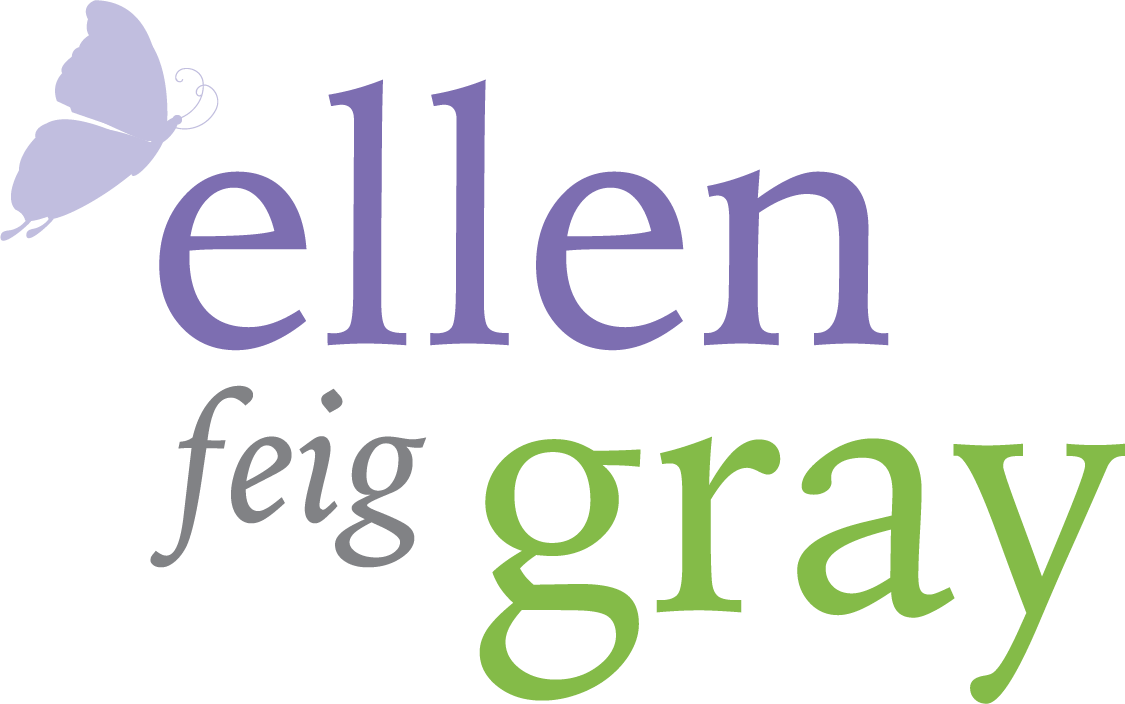There’s been a lot of talk among parents and educators about “the lost year” — how our kids have fallen behind during the pandemic year+ of remote/hybrid/online learning. It’s true that there has been much lost. Unfortunately, some have suffered more significant losses than others. And yes, no matter how teachers and students navigated their way through classes by managing to connect with one another during the 2020-21 school year, opportunities to learn and advance academically were seriously compromised. But what was lost reaches far beyond the cognitive realm. Our kids and teens were not able to engage in fundamental ways that support their social, emotional, and physical development.
The solution to finding what was lost is not summer school — unless the summer school program emphasizes the essential components of wellbeing. I call these fundamentals “Five to Thrive”:
Playing. As developmental psychologist Jean Piaget, famously said “Play is the work of childhood.”And the benefits of playing isn’t restricted to childhood. In his classic book, researcher Stuart Brown provides evidence that play “shapes the brain, opens the imagination, and invigorates the soul.” At every developmental stage, we grow and learn through play. The last school year has not offered enough opportunities for any of us to be “playful.” Students in grades pre-Kindergarten through the college years have been largely learning via computer screens, and limited by socially distanced, controlled human interaction. This summer, let’s allow our young ones to play freely!
Moving. Just like free play, movement is essential for our physical, mental and emotional wellbeing. Having to be confined to sitting still for extended periods of time is unhealthy for all of us, and particularly counterproductive for children. In fact, researchers have discovered that taking movement breaks allows our brains to integrate information and solidify learning. What’s more, as neuropsychiatrist John Ratey reminds us, “exercise is as effective as certain medications for treating anxiety and depression.” As we emerge from the worst of the pandemic, neighborhood playgrounds and parks are opening as well. So, whether it’s running, jumping, bike riding, dancing, organized sports or an activity of their choice, let’s give our kids and teens room to move.
Socializing. At every stage of our lives, it is vital for us to socialize with other people. Studies show that as we age the greatest predictor of longevity and life satisfaction is keeping an active social life. It’s how children learn how to monitor and regulate their emotions, as well as to read facial expressions and body language. Knowing what it means to be a friend and to trust someone outside our own family takes practice and repeated social interactions. So many of us were isolated from our friends during this past year. So too were our children and teens deprived of opportunities to build and hone their social skills. Now that we are entering a new normal, we need to encourage real, in-person human interaction.
Following a Routine. Children thrive when their day is structured by some sort of routine. When they can predict what comes next, they feel safe and ready for the activity at hand. However, too rigid a schedule restricts children's freedom to make choices, which is essential for developing their ability to self-regulate their emotions. Many parents reported that during lockdown they let their kids and teens stay up later than usual, and sleep until after noon. That may be what everyone in the household needed at the time, but it’s time for us to follow a healthier rhythm to our day, while building in some freedom to choose our activities.
Spending Time in Nature. Those of us who are lucky enough to live in areas where we had access to green spaces during the prolonged stay-at-home months, know firsthand the healing power of spending time in nature. Numerous studies have shown that nature lifts our mood, calms our nerves, and boosts our overall physical wellbeing. After an exceptionally stressful school year, our kids and teens deserve to spend as much time outside this summer as possible — whether in a park, a backyard, at the beach, at summer camp, or wherever they can connect with the natural world.
As we end a challenging ‘20-’21 school year, let’s give our kids and teens a break from the academic focus and expectations of traditional education. Let’s give them what they need to thrive this summer* so they will be ready to re-enter school in the fall, refreshed and renewed and primed to learn. And when they do go back-to-school, let’s incorporate the “five to thrive” essential components of wellbeing into their daily lives.
*As COVID-19 is still a threat, and not all ages are eligible for or have access to vaccines, we must continue to be mindful of following safety guidelines such as masking and social distancing if not protected by vaccination.

